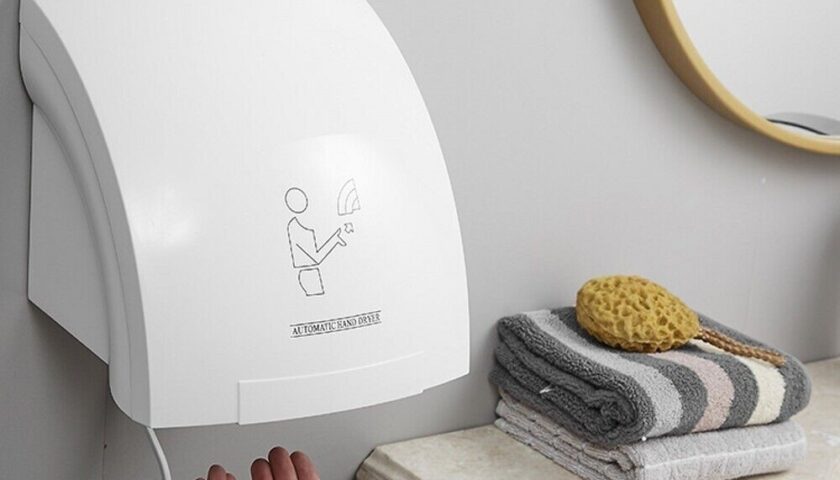Voice over Internet Protocol (VoIP) has revolutionized communication, but it has also given rise to a new challenge: VoIP spam. Also known as “spam over Internet telephony” or “spit,” VoIP spam involves unsolicited and often fraudulent or malicious calls made over VoIP networks. In this comprehensive guide, we will explore what VoIP spam is, why it’s a concern, and how to effectively block unwanted calls.
What is VoIP Spam?
VoIP spam refers to unwanted, unsolicited, and often automated calls made over Voip phone channels. These calls can include telemarketing offers, phishing attempts, scam calls, and other forms of unwanted communication. VoIP spam leverages the convenience and low cost of VoIP technology to reach a wide audience.
Why is VoIP Spam a Concern?
VoIP spam poses several significant concerns:
Privacy Invasion: VoIP spam calls invade the privacy of individuals and organizations, often making unwanted solicitations or attempting to collect personal information.
Resource Drain: Receiving VoIP spam calls consumes network resources and can disrupt legitimate calls, leading to wasted bandwidth and potential service degradation.
Security Risks: Some VoIP spam calls may carry malware or phishing attempts, posing security risks to those who answer or interact with the calls.
Financial Impacts: Falling victim to VoIP spam scams can lead to financial losses for individuals and organizations, as scammers may attempt to extract money or sensitive information.
Types of VoIP Spam
VoIP spam takes various forms, including:
Robocalls: Automated pre-recorded messages promoting products or services.
Telemarketing Calls: Unsolicited sales calls attempting to sell products or services.
Phishing Calls: Calls posing as legitimate entities (e.g., banks or government agencies) to collect personal or financial information.
Fraudulent Calls: Calls with fraudulent intentions, such as lottery scams or tech support scams.
Harassment Calls: Repeated, annoying, or harassing calls from unknown sources.
How to Block Unwanted VoIP Calls
Blocking unwanted VoIP calls is crucial to maintaining a hassle-free communication experience. Here are effective strategies to block VoIP spam:
Call Screening and Caller ID: Implement call screening features and use caller ID to identify incoming calls. Avoid answering calls from unknown or suspicious numbers.
Use VoIP Service Features: Many VoIP service providers offer call blocking or call rejection features. Familiarize yourself with these options and enable them as needed.
Whitelist Contacts: Create a whitelist of trusted contacts, allowing only calls from these numbers to go through while blocking all others.
Blacklist Numbers: Maintain a blacklist of known spam numbers. VoIP systems or third-party apps may allow you to block calls from numbers on this list automatically.
Use Third-Party Apps: Consider using third-party call-blocking apps or services that specialize in identifying and blocking spam calls.
Filter by Call Types: Some VoIP systems enable filtering calls by types, such as telemarketing or robocalls. Activate these filters to block specific types of spam calls.
Implement CAPTCHA for Voicemail: To prevent automated voicemail spam, use CAPTCHA verification for voicemail access.
Reporting: If your VoIP provider offers reporting mechanisms for spam calls, make use of them. Reporting spam calls can help your provider take action against offenders.
Enable Do Not Disturb (DND): Activate the Do Not Disturb mode during periods when you do not wish to receive calls. This feature will silence incoming calls.
Educate Users: Educate yourself and others about common VoIP spam tactics, including phishing and fraudulent calls. Awareness can prevent falling victim to scams.
Regulatory Measures
Governments and regulatory bodies are also taking steps to address VoIP spam:
Robocall Mitigation: Regulatory bodies, such as the Federal Communications Commission (FCC) in the United States, are pushing for robocall mitigation measures to reduce spam calls.
Caller ID Authentication: The implementation of caller ID authentication protocols, like STIR/SHAKEN, aims to verify the authenticity of caller IDs, making it harder for spammers to spoof numbers.
Spam Call Reporting: Some countries have established reporting mechanisms for spam calls, enabling users to report unwanted calls to authorities for investigation.
Staying Vigilant
While blocking unwanted VoIP calls is essential, staying vigilant and cautious is equally important. Here are some additional tips:
Avoid Sharing Personal Information: Never share personal or financial information with unknown callers.
Verify Identities: If a caller claims to be from a legitimate organization, verify their identity independently through official channels before providing any information.
Use Strong Passwords: Protect your VoIP account with strong, unique passwords to prevent unauthorized access.
Regularly Update Software: Keep your VoIP software, apps, and devices up to date with the latest security patches and updates.
Conclusion
In conclusion, VoIP spam is a concerning issue that can invade privacy, drain resources, pose security risks, and result in financial losses. However, by implementing effective call-blocking strategies, using VoIP service features, maintaining whitelists and blacklists, and staying informed about regulatory measures, individuals and organizations can significantly reduce the impact of unwanted VoIP calls. Combining technical solutions with user awareness and caution is key to maintaining a secure and peaceful VoIP communication environment.





